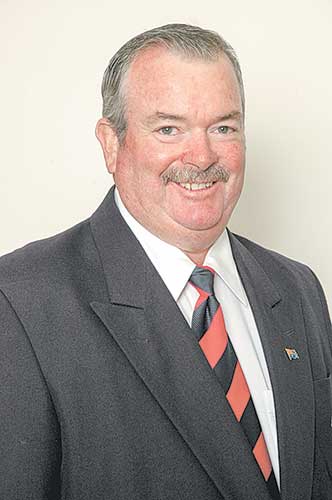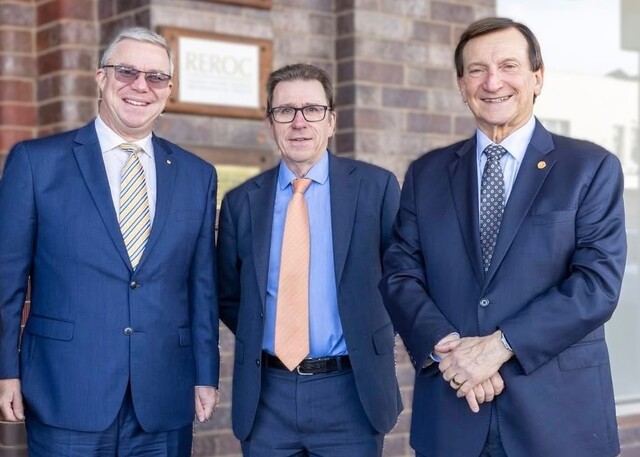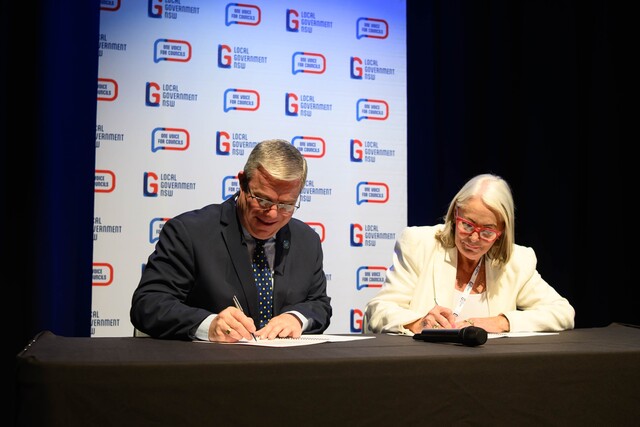Giving evidence at the NSW Legislative Council’s Parliamentary Inquiry into Local Government in NSW, Local Government NSW President Councillor Keith Rhoades has said that amalgamations had driven rates higher in other jurisdictions, including Queensland and Victoria.
The Inquiry is examining the Baird Government’s Fit for the Future reform proposals.
Cr Rhoades said the Government had consistently claimed the Fit for the Future reforms were designed to drive down rates, improve infrastructure and provide better services, yet had failed to deliver any evidence to support its case.
“After the 2008 Queensland amalgamations, total council rate revenue in that state grew by 27.4 percent, compared to NSW rate growth of 13.4 percent over the same period.
“As a result of nearly four decades of rate pegging, NSW actually has the lowest per capita rates of all jurisdictions except the Northern Territory.
“According to the Commonwealth’s most recent Local Government National report 2012-13, Victorian council rates average $692 per capita compared to $499 in NSW – a difference of nearly 40 percent.
“This is despite amalgamations in 1994 that reduced the number of Victorian councils from 210 to 78.
“The argument that bigger is always better lacks evidence, and is in fact contradicted by a larger body of research and real life experience that challenges that proposition.
Cr Rhoades also cited research conducted by the Australian Centre of Excellence in Local Government that criticised the perception that municipal consolidation will result in gains through efficiencies in scale.
“Many have argued that the real efficiency gain from amalgamations is that the State Government and property developers simply have fewer Councils to deal with.
“Well that’s not a benefit to local communities, and it is not in itself sufficient justification for forced amalgamations.”
Cr Rhoades said independent polling conducted by respected market research company Micromex had found more than 60 percent of individuals in the Greater Sydney Basin wanted their Councils to stand alone, and less than one-in-five supported the Government’s proposed amalgamation option for their Council.
“So not only is there a distinct lack of evidence to support the Government’s claims, there is also hard evidence that forced amalgamations are strongly opposed by residents and ratepayers.”








